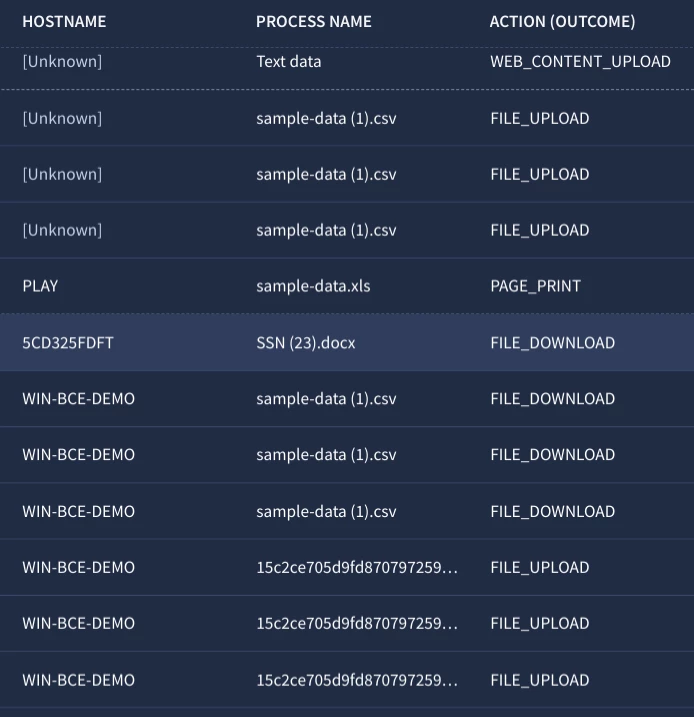Rather than 3 different rules that check for east-west or north-south traffic. I want to have a single rule that shows the direction of attack - "internal", "inbound", "outbound"
I want to have a variable in outcome section that shows me these information basis on the list of internal network eg. %internal_ranges.
Is it feasible? Yes, How?
I tried multiple approaches but all are throwing one or different type of errors.
Thanks in Advance.





